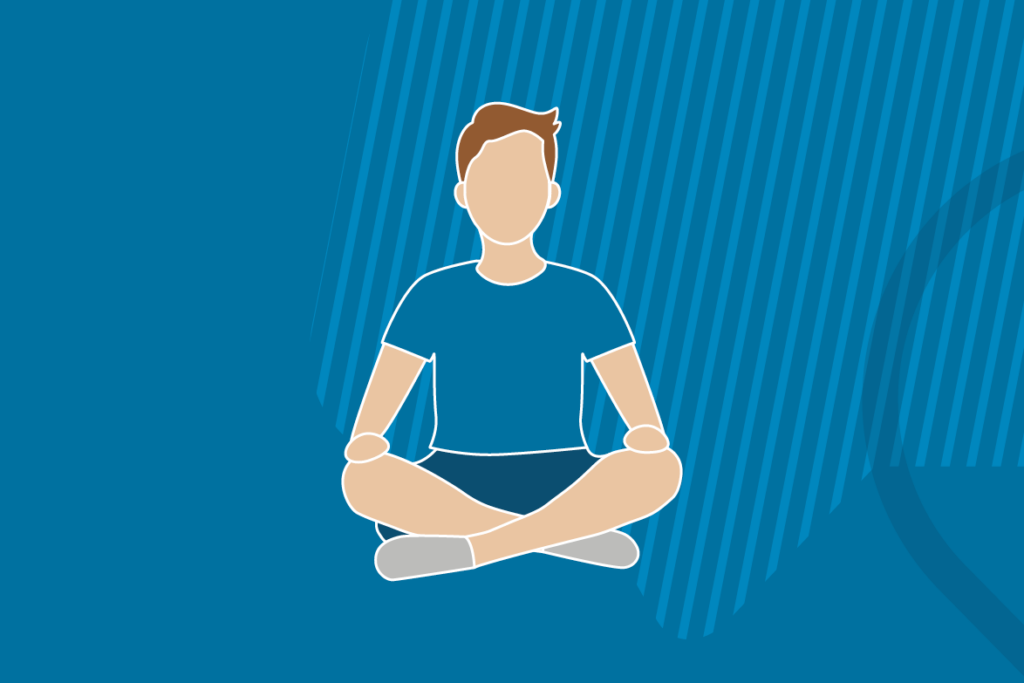Positive and negative stress
Stress is in our genes. For particular challenges or to be able to deal with danger, the body distributes the hormones adrenaline and cortisol. Our senses are heightened, muscles become tensed, the pulse, blood pressure and breathing rate increase. In this state of “fight or flight”, we ready ourselves to react fast.
A moderate level of stress also helps us perform well in everyday life. We can focus better. But when stress becomes an enduring state, it puts pressure on the heart and circulatory system, impairs sleep and can lead to exhaustion. Knowing your stress limits can protect you in the long term from overloading your system.
Tension and relaxation are intimately connected. To operate well in our daily lives, we need to strengthen our resistance to stress – our resilience. Movement is the best therapy in times of heightened tension. The body is set for “flight”. Cycling, jogging, or an evening stroll can help us realign.

Relaxation exercise – deep breathing

Breathe deeply: during tension the breath becomes shallower and faster. Breathe deeply from your stomach. Count to five. After a short pause breathe out slowly and count to eight. Repeat this breathing exercise five times.
Relaxation exercise – flexing and stretching

Take a break from work every hour for a brief movement pause. Stretch yourself just like when you wake up. Yawn gently. If your eyes feel tired, take a moment to look out of the window at a point in the distance.
Relaxation exercise – positive awareness

Create a new ritual. In the evenings, write down an enjoyable experience you had that day and why you’re grateful for that. This ‘gratitude journal’ helps you to break spirals of negative thoughts and to attain a positive consciousness.
Relaxing for just 20 minutes a day counters the effects of negative stress.


